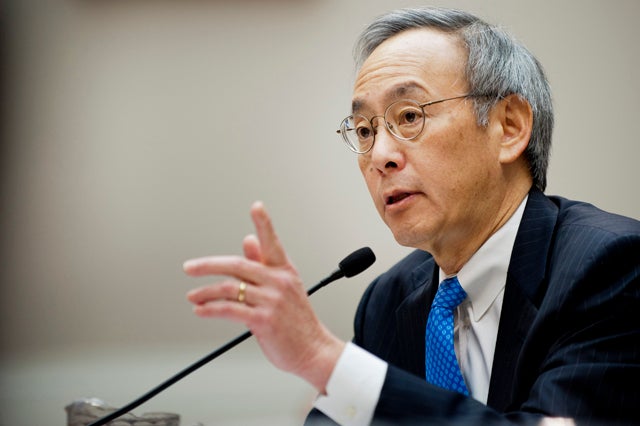Chu Uses Power Marketing Administrations to Implement Green Agenda
Romina Boccia /
When it comes to finding alternate pathways to force their green agenda onto Americans, President Obama and his Administration know how to dream up creative solutions. In this latest installment, Energy Secretary Steven Chu is directing Power Marketing Administrations (PMAs) to invest in a smart electrical grid that also serves as test bed for cybersecurity technologies.
PMAs are federal agencies within the Department of Energy (DOE) that distribute and sell electricity from federal hydroelectric dams at cost-based prices, which allows them to sell the electricity at below-market rates. There are four PMAs split up by region: the Bonneville Power Administration, the Western Area Power Administration, the Southeastern Power Administration, and the Southwestern Power Administration. In the past, PMAs have relied heavily on taxpayer money to finance their capital investments.
In his March 16 memo, Chu instructs the PMAs to upgrade their transmission infrastructure, in part to enable more intermittent and unreliable “alternative” energy sources to travel over the grid. Chu also requests rate structure changes that provide incentives for energy efficiency programs, demand response programs, integration of variable resources, and preparation for electric vehicle deployment.
If the PMAs need such investments, then they should be made because it makes business sense—and funded through PMA revenues—not with taxpayer dollars because the President is running out of more transparent ways to advance his green energy agenda.
None of these are inherently bad ideas, if they were undertaken by the private sector on its own accord. Secretary Chu instructing the PMAs to “to take a leadership role in transforming our nation’s electric sector,” however, seems like a backdoor move to work toward the Administration’s agenda of incorporating more alternative energy sources in the power grid. This approach is bad policy for several reasons:
- Without a law by Congress requesting that PMAs sell electricity at market prices, PMA customers will see their rates go up, while distortions in the price of electricity between PMA and market-based rates would continue to persist. PMAs should not exist to subsidize customers’ energy use through below-market rate electricity sales. However, raising these rates to bankroll the President’s economically unsustainable green agenda is also bad policy. Instead, the PMAs should simply sell their electricity at market rates and make whatever investments will help them meet their customers’ demands.
- Taxpayers will likely be on the hook to subsidize the PMA spending on smart grid and cybersecurity technologies. In the memo, Chu announces reforms “necessary to ensure the borrowing authority programs are building the infrastructure this Nation needs while protecting and providing value to the taxpayer,” which suggests that taxpayers will subsidize the upgrades in one form or another.
- The role of PMAs is to distribute and sell hydroelectric energy, not to be used as test beds for new grid technologies. They should make the upgrades necessary to allow proper functioning but should not serve as a testing ground.
Chu’s directing the PMAs to help carry out this Administration’s green energy aspirations on taxpayers’ and ratepayers’ dime is bad policy. Smart-grid initiatives should be led by the private sector—if they make sense—and the role of government should be in identifying and removing regulatory barriers to private-sector investments. PMA infrastructure that needs upgrading or replacing should be paid for by bringing MPA rates in line with market rates for electricity, instead of burdening taxpayers with additional spending.

